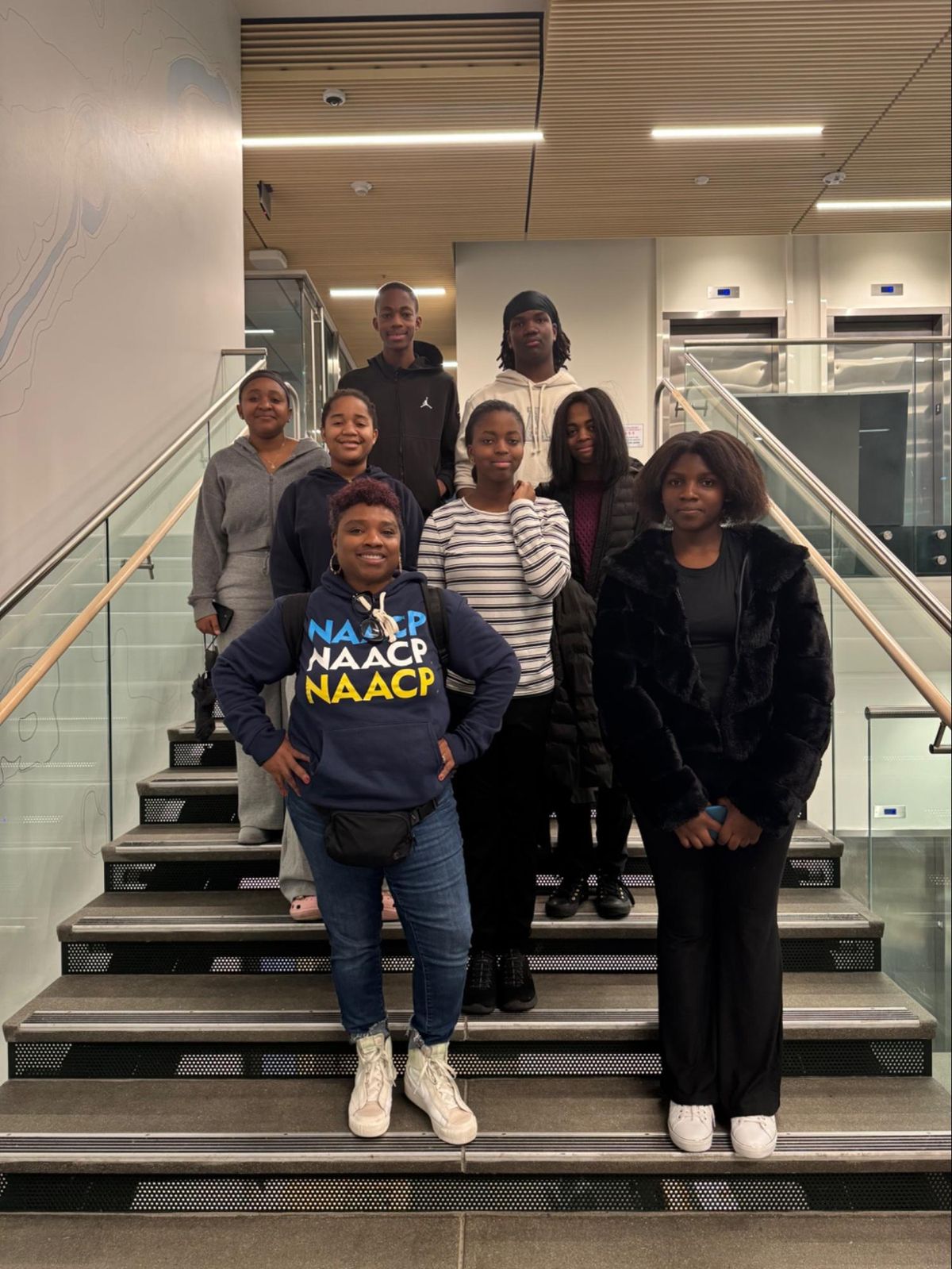In December, the NAACP Education and Health Care committees, in partnership with the University of Washington Medical School offered an opportunity for high school students to tour the University of Washington School of Medicine and speak directly with medical students. Sian Armstrong attended this event and reports on this experience, as a part of this month’s Youth Connection.
On Dec. 8, several medical graduate students from the University of Washington’s School of Medicine invited high school students to tour their anatomy lab. The university’s medical school was expansive, with many windows giving an amazing view of their surroundings. This building is also shared by Gonzaga nursing students.
Ferris High School, Shadle Park High School and Rogers High School students attended. The event started with a panel done by the medical students to answer any questions they had about high school, college, or med school. Parents or guardians also had time to ask questions of their own.
One question asked was about what your major should be in college if you planned on attending medical school. Panelists shared that you should do whatever interests you in college; the major you choose could be in computer sciences or dance. One panelist said that it is important to enjoy what you major in and undergrad is a time of exploration. It was shared that medical school is its own path of study, so undergraduate studies have more flexibility. A high school student asked for reading recommendations for future medical students. “When Breath Becomes Air” by Paul Kalanithi was one suggestion. We learned that the author is a neurosurgeon diagnosed with lung cancer and this book shows a different side of medicine as he talks about his struggles with the illness and his experiences with his patients. Another book suggestion was “Being Mortal” by Atul Gawande which expands on the limits of what modern medicine can do at the end of one’s life. These books are very emotional, going beyond the science, neither are a quick read.
Volunteerism, community service and different types of employment are highly recommended before medical school. These serve as great learning opportunities to learn the basics of working in different settings and with different people; finding opportunities in the health field can also give a chance to discover something else more about health and medicine that you may not have already known.
After the panel discussion, we toured the anatomy lab. We learned about the human heart, looked at X-rays, and a model of the heart before examining a real specimen. The hearts smelled weird due to the preserving liquid used. The hearts we were looking at came from voluntary donors. It was clearly stated that no one was pressured into becoming a donor; people actually offered their bodies to the medical school before dying. Medical students shared their gratitude to the donors and even mentioned that they have a special ceremony of appreciation at the end of the year to express thanks that these people enabled them to study medicine more accurately with their bodies, though only known by a number. I personally loved it. It shows how an unknown person can impact someone’s life, even when they are no longer here.
Overall, it was a fun and interesting learning experience that I would highly recommend for any high school student who is thinking about going into the medical field.
